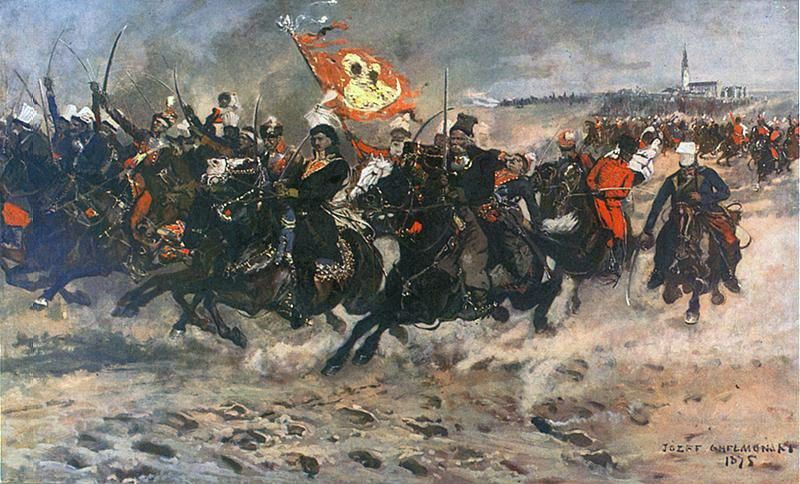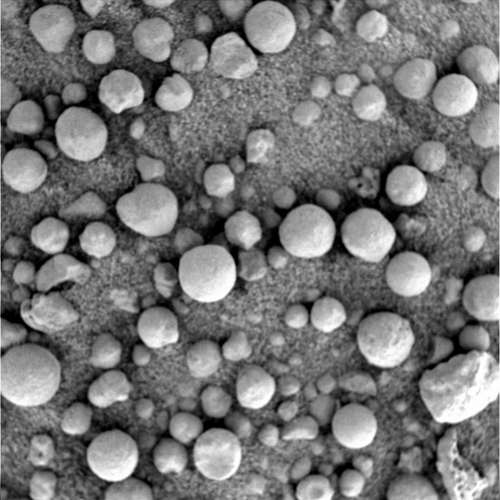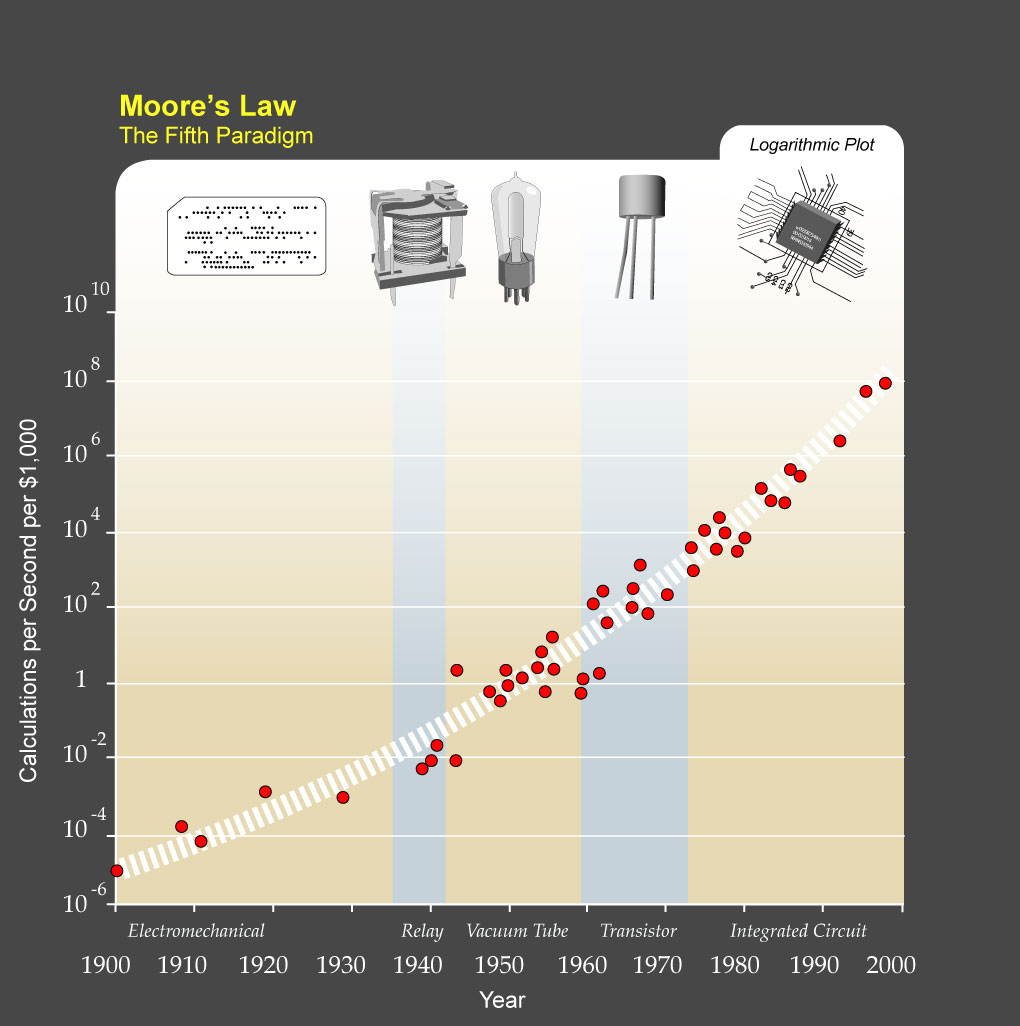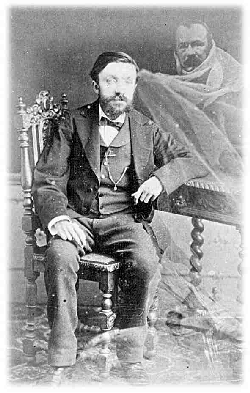|
Krzysztof Boruń
Krzysztof Boruń (23 November 1923 – 22 May 2000) was a Polish physicist, journalist and science fiction writer. As an author of a number of essays, articles and novels, he was an important popularizer of science. By his contemporaries, Boruń was described as the "visionary of space travel" Biography Early life and World War II Krzysztof Boruń was born on 29 November 1923 in the Polish town of Częstochowa. Between 1943 and 1945, he worked as a teacher of physics and mathematics. During World War II he was a member of the Polish resistance movement Armia Krajowa and he took part in the Warsaw Uprising. During the uprising he fought as a crew member of the improvised armored car Kubuś. Postwar era After the war he would work as a journalist for the daily newspaper "Ilustrowany Kurier Polski" and the weekly "Tygodnik Demokratyczny". Boruń became a member of the Stowarzyszenie Pisarzy Polskich, Polish Writers' Association. During his work as a journalist, he wrote articles ma ... [...More Info...] [...Related Items...] OR: [Wikipedia] [Google] [Baidu] |
Częstochowa
Częstochowa ( , ) is a city in southern Poland on the Warta with 214,342 inhabitants, making it the thirteenth-largest city in Poland. It is situated in the Silesian Voivodeship. However, Częstochowa is historically part of Lesser Poland, not Silesia, and before the Partitions of Poland, 1795 Partition of Poland, it belonged to the Kraków Voivodeship (14th century – 1795), Kraków Voivodeship. Częstochowa is located in the Kraków-Częstochowa Upland. It is the largest economic, cultural and administrative hub in the northern part of the Silesian Voivodeship. The city is known for the famous Jasna Góra Monastery of the Order of Saint Paul the First Hermit of the Catholic Church, which is the home of the Black Madonna of Częstochowa, a shrines to Mary, mother of Jesus, shrine to Mary, mother of Jesus. Every year, millions of pilgrims from all over the world come to Częstochowa to see it. Częstochowa was also home to Frankism in the late 18th and 19th centuries, an antinom ... [...More Info...] [...Related Items...] OR: [Wikipedia] [Google] [Baidu] |
Kubuś
Kubuś ( Polish for "Little Jacob") is a Polish improvised fighting vehicle used by the Home Army in the Warsaw Uprising during World War II. The single vehicle was built in secret to function as an armoured car and armoured personnel carrier for assaults by the Home Army, where it suffered damage and was abandoned after two weeks of service. The original Kubuś vehicle survived the war and is on display in the Polish Army Museum, while a full-scale replica was built for the Warsaw Uprising Museum and frequently takes part in various open-air festivals and reenactment shows. History Design The Kubuś was based on the chassis of a civilian Chevrolet 157 truck which had been license-built in pre-war Poland by the Lilpop, Rau i Loewenstein company. The chassis was fitted with steel plates for protection of the crew, which were bolted to a steel frame and then welded together. The armoured car had a crew of two, could carry between eight and ten soldiers, and was armed with ... [...More Info...] [...Related Items...] OR: [Wikipedia] [Google] [Baidu] |
Laika
Laika ( ; , ; – 3 November 1957) was a Soviet space dog who was one of the first animals in space and the first to orbit the Earth. A stray mongrel from the streets of Moscow, she flew aboard the Sputnik 2 spacecraft, launched into low orbit on 3 November 1957. As the technology to re-enter the atmosphere had not yet been developed, Laika's survival was never expected. She died of hyperthermia hours into the flight, on the craft's fourth orbit. Little was known about the effects of spaceflight on living creatures at the time of Laika's mission, and animal flights were viewed by engineers as a necessary precursor to human missions. The experiment, which monitored Laika's vital signs, aimed to prove that a living organism could survive being launched into orbit and continue to function under conditions of weakened gravity and increased radiation, providing scientists with some of the first data on the biological effects of spaceflight. Laika's death was possibly cau ... [...More Info...] [...Related Items...] OR: [Wikipedia] [Google] [Baidu] |
Soviet Space Program
The Soviet space program () was the state space program of the Soviet Union, active from 1951 until the dissolution of the Soviet Union in 1991. Contrary to its competitors (NASA in the United States, the European Space Agency in Western Europe, and the Ministry of Aerospace Industry in China), which had their programs run under single coordinating agencies, the Soviet space program was divided between several internally competing OKB, design bureaus led by Sergei Korolev, Korolev, Kerim Kerimov, Kerimov, Mstislav Keldysh, Keldysh, Mikhail Yangel, Yangel, Valentin Glushko, Glushko, Vladimir Chelomey, Chelomey, Viktor Makeyev, Makeyev, Boris Chertok, Chertok and Information Satellite Systems Reshetnev, Reshetnev. Several of these bureaus were subordinated to the Ministry of General Machine-Building. The Soviet space program served as an important marker of claims by the Soviet Union to its superpower status. Soviet rocketry, Soviet investigations into rocketry began with the fo ... [...More Info...] [...Related Items...] OR: [Wikipedia] [Google] [Baidu] |
Andrzej Trepka
Andrzej Trepka (1923–2009) was a Polish journalist and science fiction Science fiction (often shortened to sci-fi or abbreviated SF) is a genre of speculative fiction that deals with imaginative and futuristic concepts. These concepts may include information technology and robotics, biological manipulations, space ... writer. 1923 births 2009 deaths Polish science fiction writers 20th-century Polish journalists {{Poland-writer-stub ... [...More Info...] [...Related Items...] OR: [Wikipedia] [Google] [Baidu] |
Polish Language
Polish (, , or simply , ) is a West Slavic languages, West Slavic language of the Lechitic languages, Lechitic subgroup, within the Indo-European languages, Indo-European language family, and is written in the Latin script. It is primarily spoken in Poland and serves as the official language of the country, as well as the language of the Polish diaspora around the world. In 2024, there were over 39.7 million Polish native speakers. It ranks as the sixth-most-spoken among languages of the European Union. Polish is subdivided into regional Dialects of Polish, dialects. It maintains strict T–V distinction pronouns, Honorifics (linguistics), honorifics, and various forms of formalities when addressing individuals. The traditional 32-letter Polish alphabet has nine additions (, , , , , , , , ) to the letters of the basic 26-letter Latin alphabet, while removing three (x, q, v). Those three letters are at times included in an extended 35-letter alphabet. The traditional set compri ... [...More Info...] [...Related Items...] OR: [Wikipedia] [Google] [Baidu] |
Futurology
Futures studies, futures research or futurology is the systematic, interdisciplinary and holistic study of social and technological advancement, and other environmental trends, often for the purpose of exploring how people will live and work in the future. Predictive techniques, such as forecasting, can be applied, but contemporary futures studies scholars emphasize the importance of systematically exploring alternatives. In general, it can be considered as a branch of the social sciences and an extension to the field of history. Futures studies (colloquially called "futures" by many of the field's practitioners) seeks to understand what is likely to continue and what could plausibly change. Part of the discipline thus seeks a systematic and pattern-based understanding of past and present, and to explore the possibility of future events and trends. Unlike the physical sciences where a narrower, more specified system is studied, futurology concerns a much bigger and more comp ... [...More Info...] [...Related Items...] OR: [Wikipedia] [Google] [Baidu] |
Cybernetics
Cybernetics is the transdisciplinary study of circular causal processes such as feedback and recursion, where the effects of a system's actions (its outputs) return as inputs to that system, influencing subsequent action. It is concerned with general principles that are relevant across multiple contexts, including in engineering, ecological, economic, biological, cognitive and social systems and also in practical activities such as designing, learning, and managing. Cybernetics' transdisciplinary character has meant that it intersects with a number of other fields, leading to it having both wide influence and diverse interpretations. The field is named after an example of circular causal feedback—that of steering a ship (the ancient Greek κυβερνήτης (''kybernḗtēs'') refers to the person who steers a ship). In steering a ship, the position of the rudder is adjusted in continual response to the effect it is observed as having, forming a feedback loop throu ... [...More Info...] [...Related Items...] OR: [Wikipedia] [Google] [Baidu] |
Parapsychology
Parapsychology is the study of alleged psychic phenomena (extrasensory perception, telepathy, teleportation, precognition, clairvoyance, psychokinesis (also called telekinesis), and psychometry (paranormal), psychometry) and other paranormal claims, for example, those related to near-death experiences, synchronicity, apparitional experiences, etc. Criticized as being a pseudoscience, the majority of mainstream scientists reject it. Parapsychology has been criticised for continuing investigation despite being unable to provide reproducible evidence for the existence of any psychic phenomena after more than a century of research. Parapsychology research rarely appears in mainstream scientific journals; a few niche journals publish most papers about parapsychology. Terminology The term ''parapsychology'' was coined in 1889 by philosopher Max Dessoir as the German . It was adopted by Joseph Banks Rhine, J. B. Rhine in the 1930s as a replacement for the term ''psychical research'' ... [...More Info...] [...Related Items...] OR: [Wikipedia] [Google] [Baidu] |
Sociology
Sociology is the scientific study of human society that focuses on society, human social behavior, patterns of Interpersonal ties, social relationships, social interaction, and aspects of culture associated with everyday life. The term sociology was coined in the late 18th century to describe the scientific study of society. Regarded as a part of both the social sciences and humanities, sociology uses various methods of Empirical research, empirical investigation and critical analysis to develop a body of knowledge about social order and social change. Sociological subject matter ranges from Microsociology, micro-level analyses of individual interaction and agency (sociology), agency to Macrosociology, macro-level analyses of social systems and social structure. Applied sociological research may be applied directly to social policy and welfare, whereas Theory, theoretical approaches may focus on the understanding of social processes and phenomenology (sociology), phenomenologic ... [...More Info...] [...Related Items...] OR: [Wikipedia] [Google] [Baidu] |






